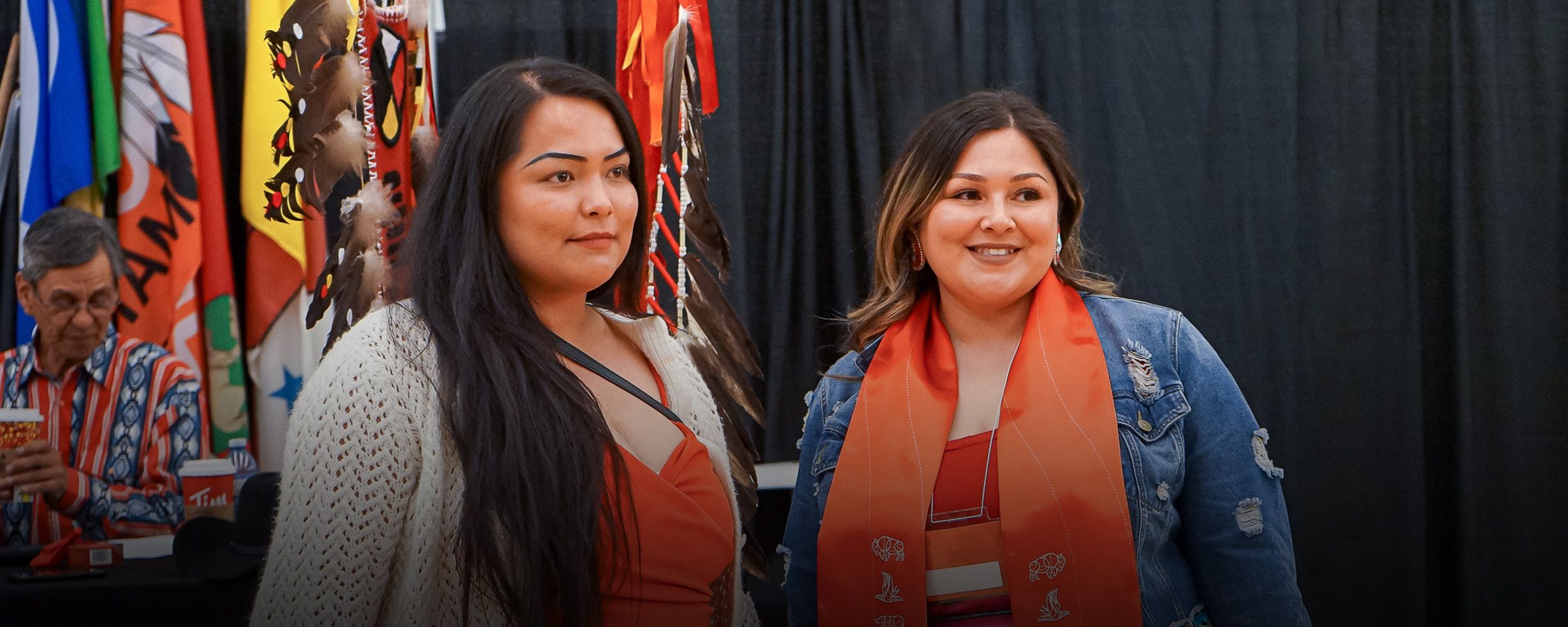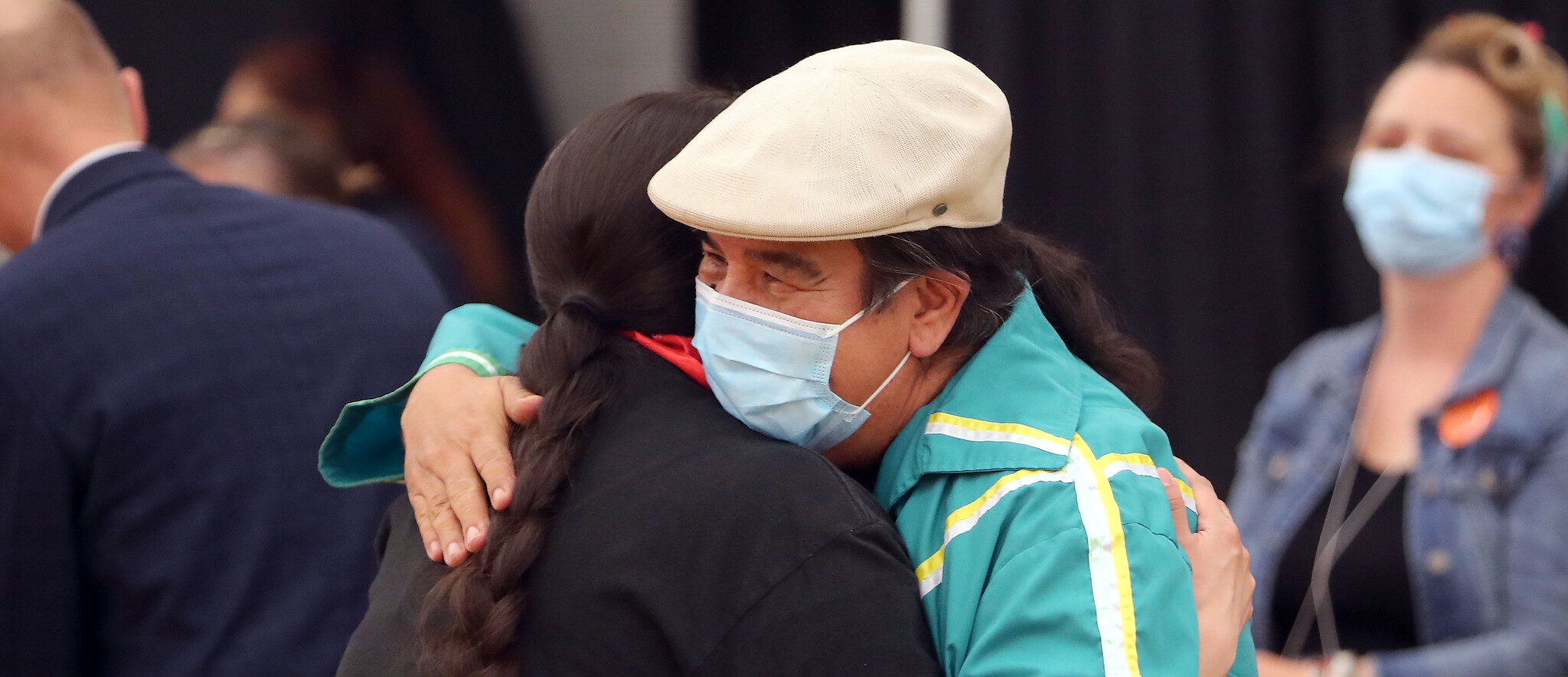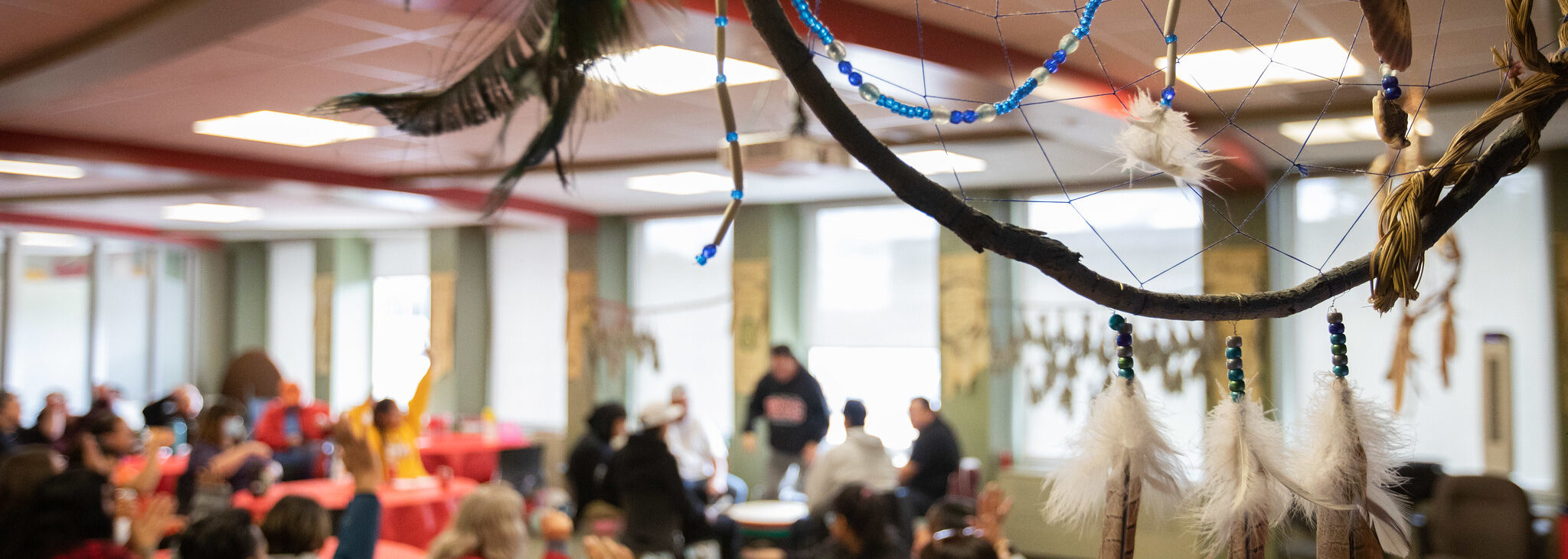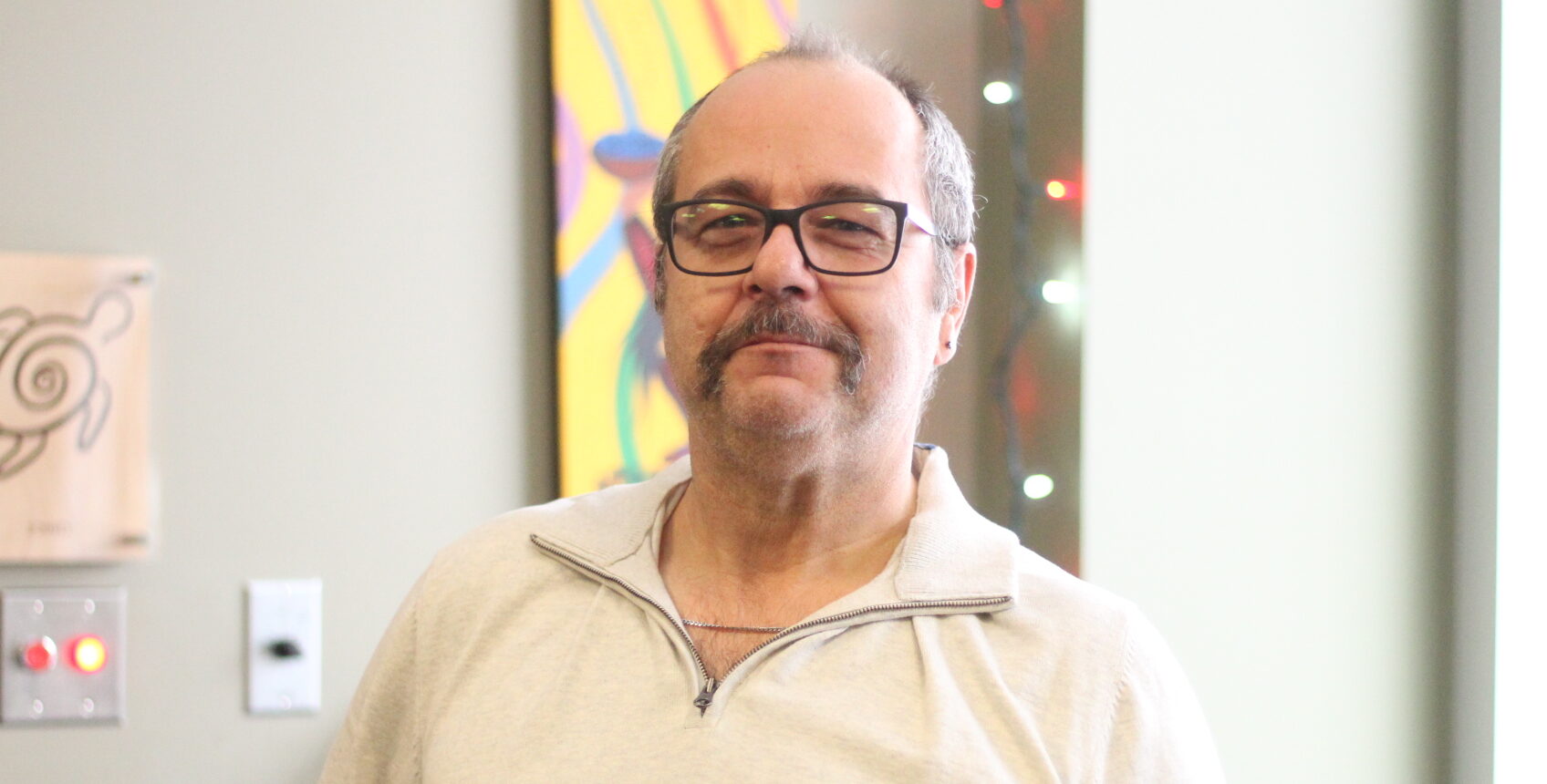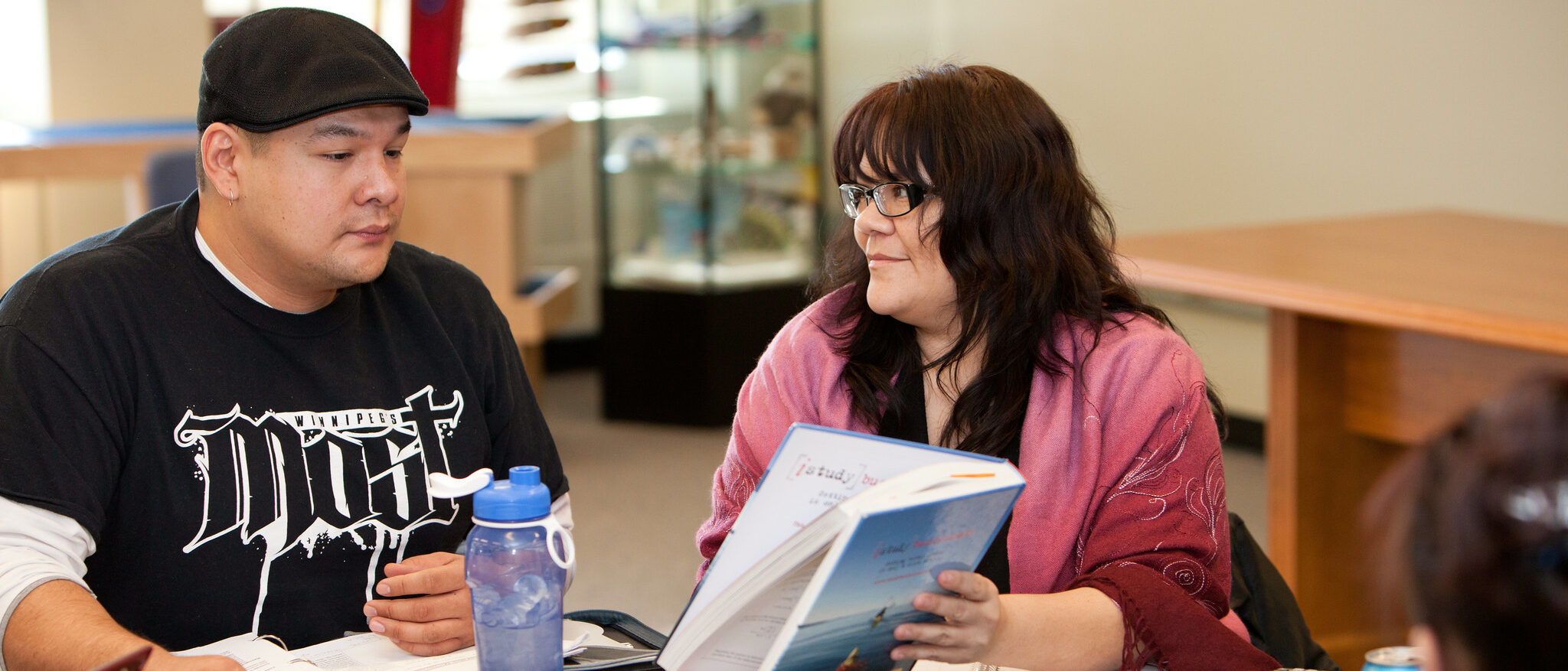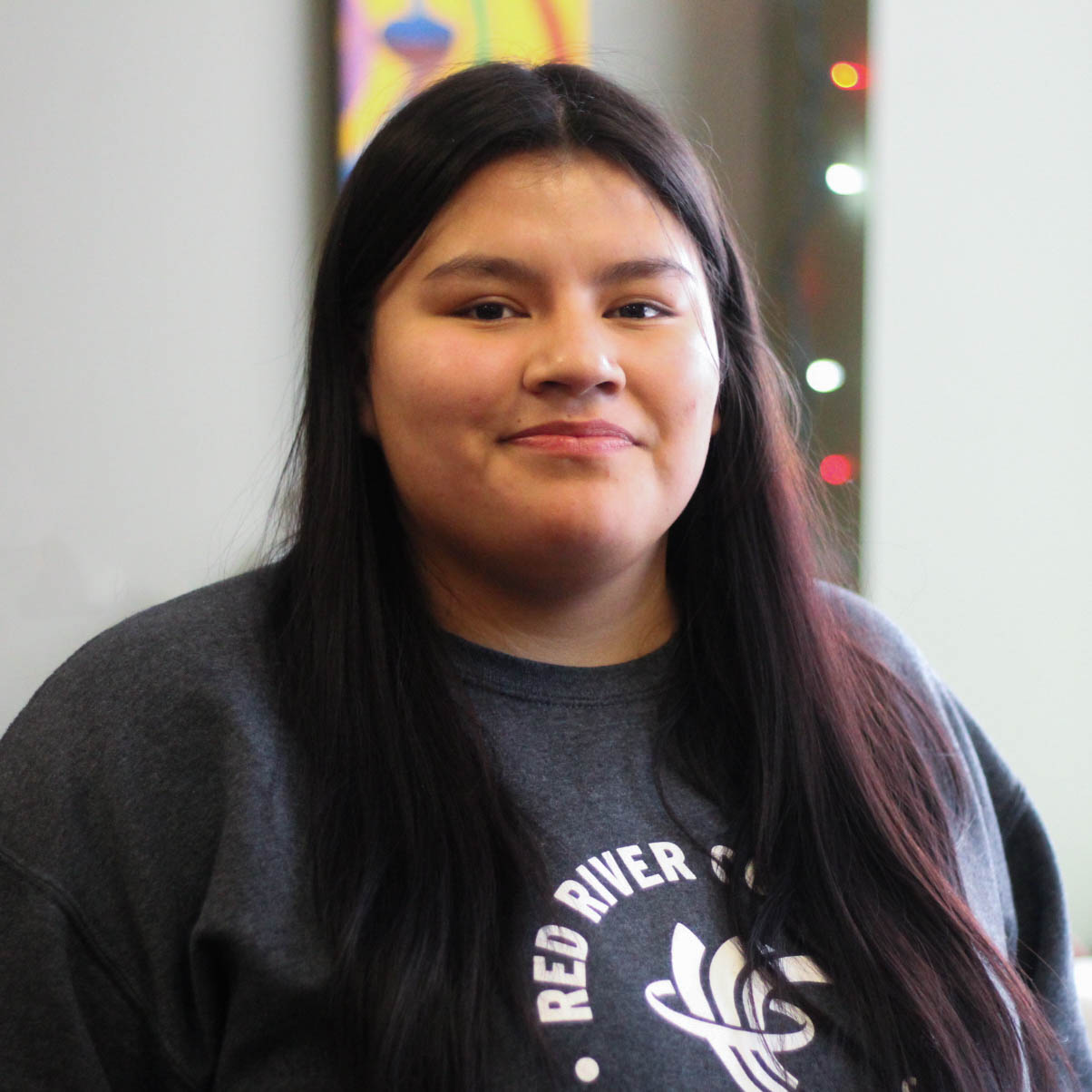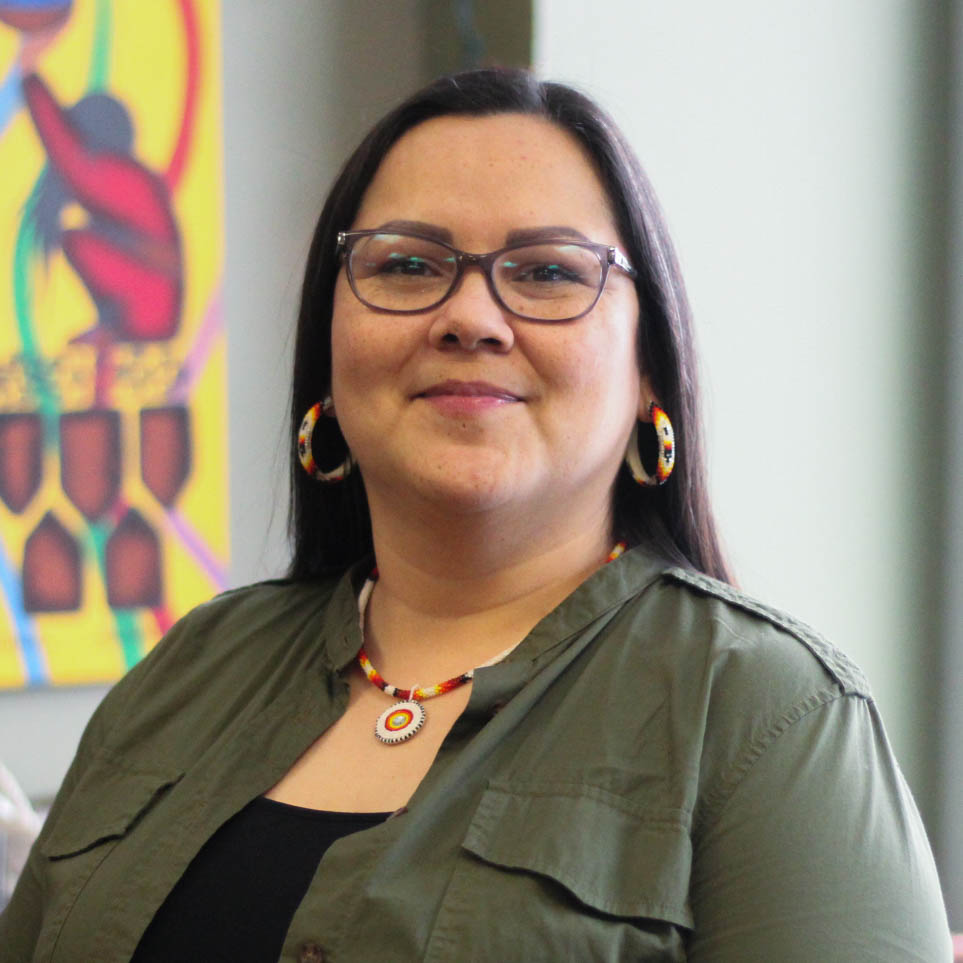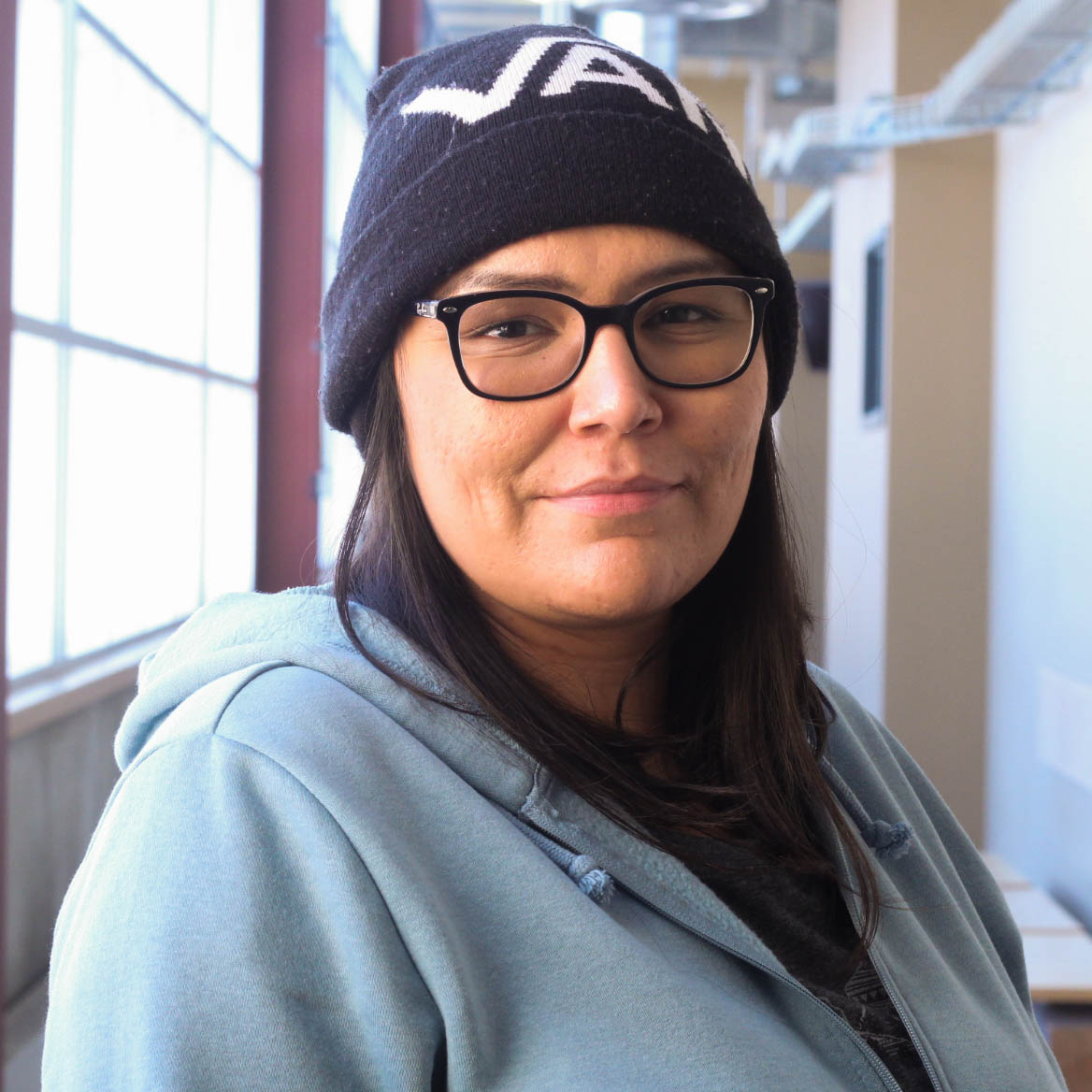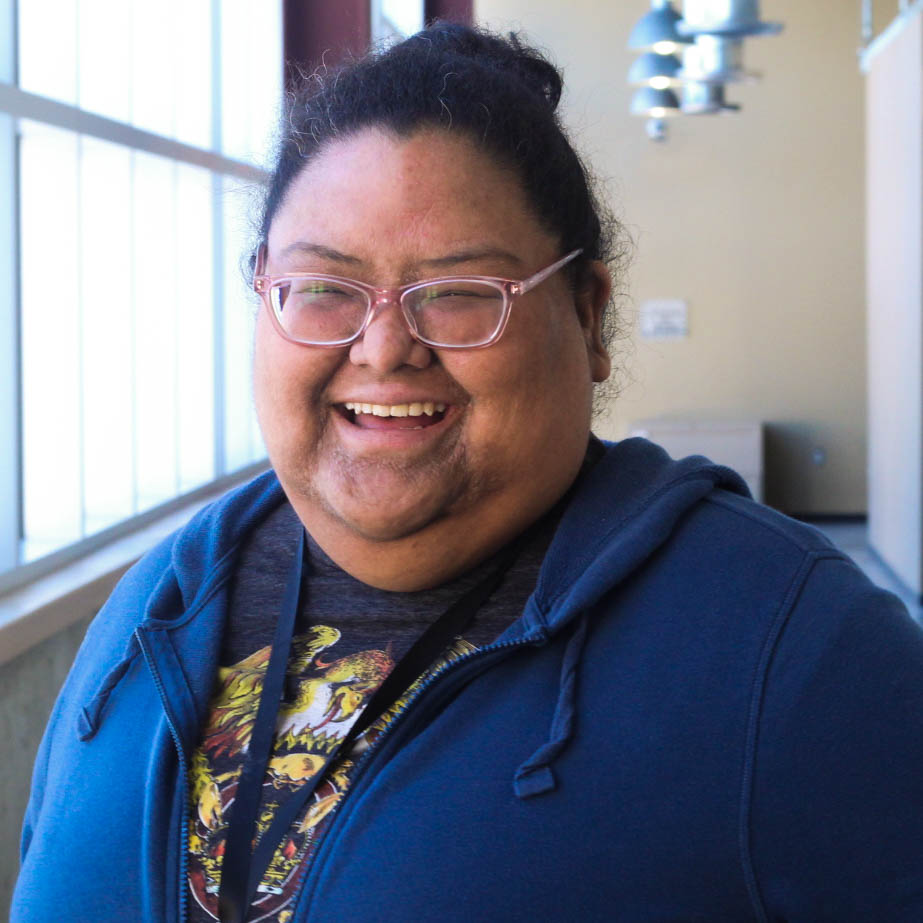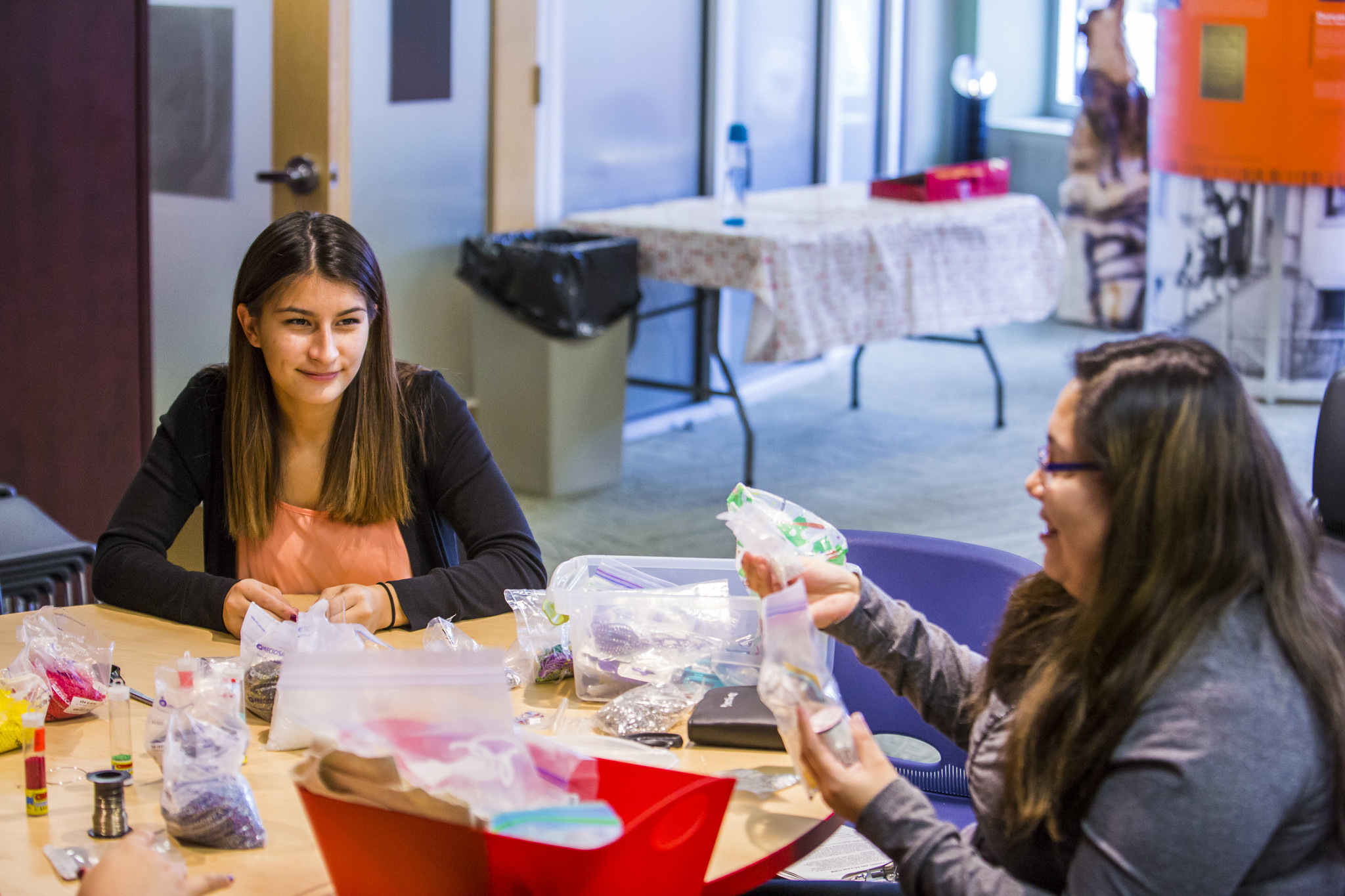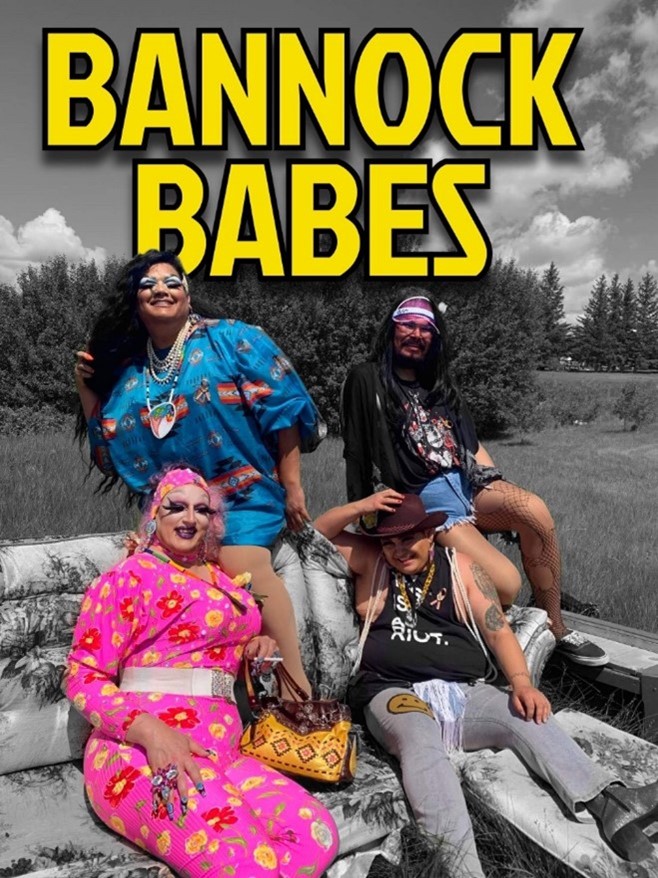Mínwastánikéwin Award application deadline – Jan. 31
Mínwastánikéwin is a Cree word that means ‘to set it right.’
RRC Polytech introduced the award in December 2019 and presented the first award in January 2020. The College has since presented the award to three Indigenous students over the past three years. For 2023, two recipients will be selected to each receive the $1000 bursary.
The Mínwastánikéwin Truth and Reconciliation Award was made possible through the generous support of RRC students, staff and faculty supporting campaigns at the RRC Campus Store that bring awareness to Truth and Reconciliation and Indigenous issues such as Orange Shirt Day: Every Child Matters and Missing and Murdered Indigenous Women and Girls Honouring and Awareness Day.
We know that over the last 150 years, 150,000 Indigenous children attended Canadian Residential Schools. We know that 90% of children in Manitoba’s foster care system are Indigenous and more than one-third of Winnipeg’s Indigenous population, nearly 70,000 people, live in poverty. And we also know that despite making up almost 17% of the provincial population, Indigenous peoples are typically underrepresented in post-secondary institutions.
This award is for full-time Indigenous students who have a stake in Truth and Reconciliation and a personal connection to the intergenerational effects of colonialism. Recipients will be selected based on an essay response on what Truth and Reconciliation means to them. To be eligible, applicants are required to submit a General RRC Application, proof of Indigenous heritage, and a one-page essay submission. The deadline for applications is January 31, 2023. Completed application forms should be submitted by email to financialaid@rrc.ca.
For more information about the Mínwastánikéwin Truth and Reconciliation Award, see the Awards, Bursaries, and Scholarships Catalogue.
The previous recipients of the Mínwastánikéwin Truth and Reconciliation Award were Morgan Barbanchon (2019-20), Chasline Spence (2020-21), and Naomi Henderson (2021-22).
